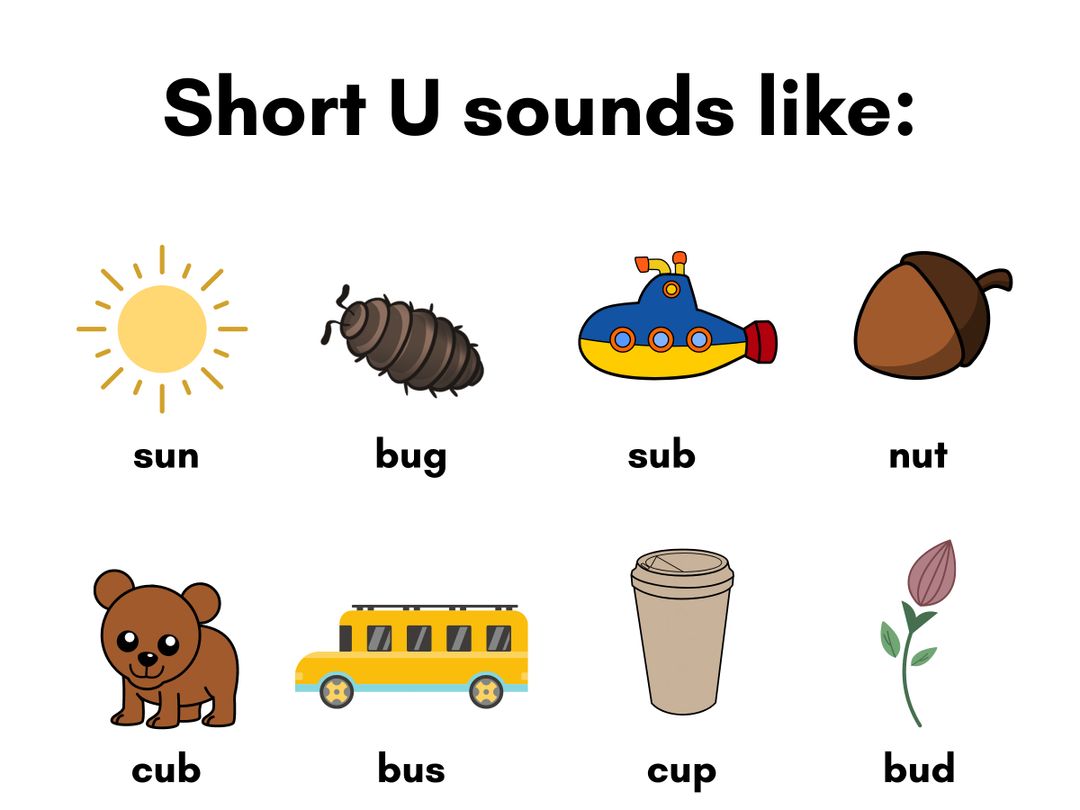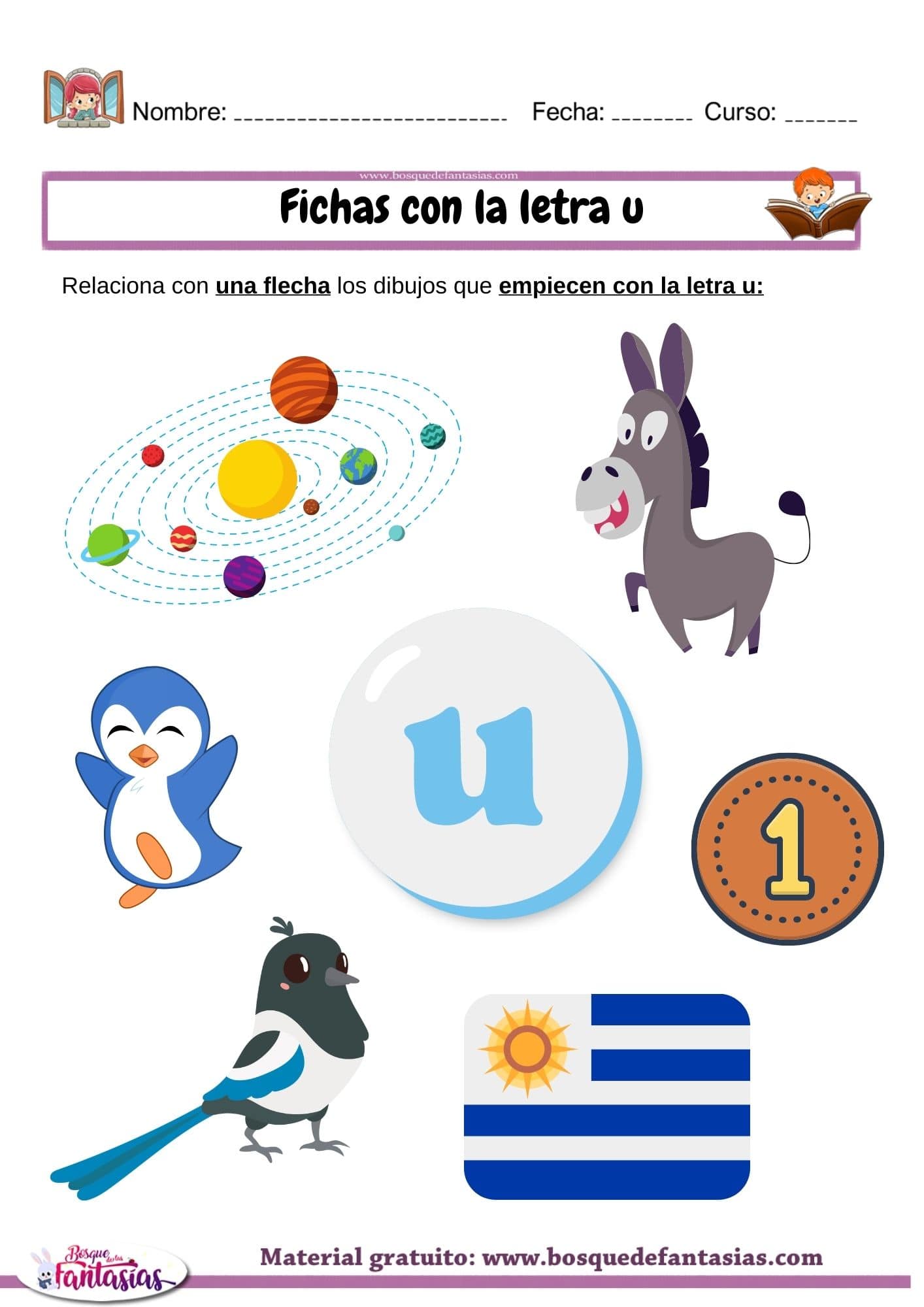In the vast expanse of our connected world, the ways we put ourselves out there, or even how we shape the information we share, have really grown. It’s a bit like picking out what you wear each day, but for your digital self, or for the ideas you want to get across. This concept, in a way, touches on how we present things, whether it's a simple thought or something much bigger.
When we think about how things are shown online, it's pretty clear that what we choose to display, and how we arrange it, matters a lot. You know, from the way a single letter looks to how whole groups of people talk about things. It's about giving things a certain appearance, making them fit a particular spot, or helping them make a specific point. So, there's a lot of thought that goes into how things are presented.
This idea of putting things together, of giving them a form that speaks to others, shows up in many different places. It's about the choices we make when we are putting out information or even when we are simply showing who we are. Basically, every piece of content, every picture, every written word, is a choice about how something is going to appear. It's almost like a form of personal expression, or a way to structure what we want to say.
- Does Sam Elliott Support Kamala Harris
- The Black Dahlia Crime Scene Photos
- Does Mike Delfino Die
- Samantha Hegseth
- Bill Oreilly Age
Table of Contents
- How Do We Shape Our Words Online?
- What Do Our Digital Outfits Say About Us?
- How Are Public Figures Perceived?
- How Is Knowledge Organized and Presented?
How Do We Shape Our Words Online?
When we put words down in a digital space, we often think about how they will be read. For some languages, like Spanish, this means making sure special marks appear just right. People spend time learning how to get those little lines and squiggles on top of letters, like the ones you see in "á" or "ñ". It's a bit of a process to get your keyboard set up so it can make these specific characters. There are, you know, quite a few ways folks find to make their computers do this, from changing settings to using special codes. This attention to detail really shows how much care goes into making written words look proper and communicate clearly.
The act of putting these marks in place is, in a way, like giving your words a particular appearance. It’s about ensuring that the text is not just readable, but also correct in its form. Learning how to make these letters appear involves a bit of effort, whether it’s finding the right key combination or remembering a specific number sequence. For instance, there are lessons available that help people grasp the sounds of Spanish words, like 'para', and how to make the accents appear on their screens. This kind of work helps to shape the overall look and feel of the written message, making sure it comes across as intended, and that's pretty important, actually.
Making Words Look Right - u dress ai and Language Marks
Consider the letter 'u' itself. It has many forms, you know. It can be a spoken sound, like in the word "music" or "put." It can also be a shape, like the letter 'U' itself. And, of course, it's a written mark on a page or screen. People even have preferences for how this letter looks in different typefaces; some prefer the 'u' in Arial, while others might like the one in Times New Roman better. This shows that even the smallest parts of our written language have different appearances, and these choices affect how the overall text is seen. So, the way we choose to present these basic elements is a subtle form of 'u dress ai', making sure every piece looks the way we want it to.
- Curt Smith Wife
- Lead Singer Of Nickelback
- How Did Eddie Guerrero Die
- Lou Phillips
- Rebecca From Pawn Stars
Getting a 'u' with an accent on top, for example, often means using a specific number code, sometimes called an 'alt code'. This allows you to produce the character you need, whether it's a capital 'U' with a mark or a lowercase one. There are, like, different methods for making these accented letters appear, depending on whether you're using a Mac or a Windows computer. Learning these methods is about giving your text the correct look, ensuring that every letter is presented just so. It’s about making sure your writing is dressed properly for its audience, which is, in some respects, a very precise task.
What Do Our Digital Outfits Say About Us?
The ways people choose to show themselves online can be quite varied, and often, it involves what they wear or how they present their bodies. You see communities gather around specific kinds of clothes, like those who enjoy the look of silky satin string panties worn by men. There are even opportunities to get custom videos made that feature these particular items. This is all about personal preference and finding enjoyment in certain styles and appearances. It’s about how individuals or groups choose to 'dress' themselves, not just for practical reasons, but for expression and shared interest, which is really quite interesting.
Similarly, there are online spaces dedicated to celebrating different body shapes and sizes. For instance, you find groups where people appreciate women who are as big as can be, with a stated minimum weight of 500 pounds for those who participate. On the other hand, there are also communities that support and admire very small breasts, like those with A cups or even smaller. These groups show how people gather around specific ways of presenting the body, finding beauty and belonging in these particular forms. It’s about how people choose to show their bodies, or how they appreciate others' bodies, in a public, shared way, you know, almost like a form of digital display.
Showing Who You Are - u dress ai and Personal Style
When people share pictures of themselves, like women in bikinis stepping out of a pool and into the sunshine, it's another way they choose to present themselves. This act of sharing is about showing a moment, a style, or a feeling. It's about putting forward a certain image for others to see and react to. The clothing chosen, whether it's tight underwear or a swimsuit, becomes a part of this presentation. It’s about how individuals decide to 'dress' their digital presence, selecting what they want to reveal and how they want it to appear to others. So, this kind of personal display is a very common part of online life, actually.
These choices in how one presents their physical self online, whether through specific clothing or body types, are deeply tied to identity and community. People find others who share their appreciation for certain looks or forms, creating spaces where these preferences are understood and celebrated. It’s about the visual cues we use to express ourselves and connect with like-minded individuals. The way we pick out our digital outfits, if you will, reflects a part of who we are and what we value. This is, in some respects, a very personal form of 'u dress ai', where the 'u' is you, making choices about how you appear.
How Are Public Figures Perceived?
Public figures, like Prince Harry and Meghan, the Duchess of Sussex, are often talked about in many different ways online. There are groups, sometimes called 'snark subs', where people gather to share their opinions, which can be quite critical. They might discuss how Meghan is seen as a "faux feminist saint" or how Harry is viewed as a "hypocrite prince." This shows how people collectively 'dress' or shape the public image of well-known individuals through their discussions and comments. It's about how a person's reputation or character is presented and talked about by others, and that can be really quite impactful.
These online conversations create a kind of shared story about public figures. People contribute their thoughts, observations, and judgments, which then combine to form a widely held perception. It’s not about what the person actually wears, but about how their actions and statements are interpreted and framed by a group. This process of collective opinion-forming is a very powerful way that public images are created and maintained, or sometimes, changed. So, the way these discussions unfold, you know, really influences how we all see these figures.
Community Views - u dress ai and Public Figures
The way a community talks about someone, the words they use, and the stories they share, all contribute to how that person is 'dressed' in the public eye. It's like a collective effort to define their image, for better or worse. This means that public figures don't just present themselves; their image is also shaped by the many voices and opinions of the people who follow them. This group shaping of a public persona is a clear example of how 'u dress ai' can apply to broader perceptions, where 'u' represents the collective 'you' of a community, constantly adjusting how a public figure is seen. It's a fascinating aspect of our connected world, really.
These discussions, whether positive or negative, illustrate how the public's view is constantly being put together and adjusted. It’s about the ongoing conversation that defines how someone is understood by a wider audience. The language used in these online spaces, the shared jokes, or the common complaints, all serve to build a particular narrative around these figures. This collective shaping of an image is a powerful force, and it demonstrates how public personas are, in a way, constantly being styled by the people who talk about them. It's pretty much a continuous process, you know.
How Is Knowledge Organized and Presented?
Beyond personal expression and public figures, the way knowledge itself is put together and shared also shows a form of careful presentation. Think about academic programs offered by schools. These institutions provide different levels of learning, like master's degrees, bachelor's degrees, and associate degrees, along with certificate programs. Each of these is a structured way of organizing information and skills into a recognizable format. It’s about taking a vast amount of knowledge and giving it a clear shape, making it digestible and useful for those who want to learn. This structuring of learning is, you know, a very important part of how we pass on information.
These programs are designed to present complex subjects in a logical progression, allowing students to build their understanding step by step. They are, in essence, a way of 'dressing' educational content so that it can be effectively absorbed and applied. The way courses are laid out, the topics covered, and the credentials awarded all contribute to this organized presentation of knowledge. It’s about creating a clear path for learning, which is, in some respects, a very thoughtful process.
Formal Information Structures - u dress ai and Data Presentation
Even official information, like data from government bodies, is carefully presented. Consider the Department of Commerce and the Census Bureau, or the National Oceanic and Atmospheric Administration. These groups collect vast amounts of information and then arrange it in ways that are understandable and useful to the public. For instance, census data might include details about populations, like those in Lancaster City, California, noting how people report their race or how Hispanics are counted. This is about taking raw facts and putting them into categories and tables, making them easier to read and interpret. It's a clear example of 'u dress ai' in the context of formal data, where the 'u' refers to the organization of information for public consumption.
The process of taking raw numbers and observations and turning them into clear reports or statistics is a precise act of presentation. It involves choosing how to categorize things, how to display the numbers, and what explanations to provide. This ensures that the information is not just available, but also accessible and meaningful to a wide audience. The way this data is put together, the way it is 'dressed' for public viewing, impacts how it is understood and used. So, whether it's academic learning or government statistics, the careful arrangement
Related Resources:



Detail Author:
- Name : Magdalena Bernhard
- Username : silas.breitenberg
- Email : neil.bruen@spencer.org
- Birthdate : 1987-08-27
- Address : 62338 Triston Manor Port Bernita, MD 63001
- Phone : 430-639-8239
- Company : Carter Ltd
- Job : Coil Winders
- Bio : Cum non aut nam dolores ut architecto possimus. Aut doloribus molestiae eveniet. Accusantium non fugiat nihil. Nisi ut alias fugit expedita.
Socials
instagram:
- url : https://instagram.com/mayert1980
- username : mayert1980
- bio : Ipsa autem reprehenderit veritatis. Totam dicta sunt nobis rerum asperiores asperiores.
- followers : 5960
- following : 2750
tiktok:
- url : https://tiktok.com/@amayert
- username : amayert
- bio : Soluta quia aut non repudiandae quo. Explicabo sunt quam tenetur eum porro.
- followers : 4186
- following : 2488
twitter:
- url : https://twitter.com/mayerta
- username : mayerta
- bio : Dignissimos porro fuga vel molestiae sapiente. Eaque voluptatem id molestiae dolor omnis omnis. Qui excepturi illo voluptatibus impedit autem ipsam accusamus.
- followers : 5317
- following : 2245